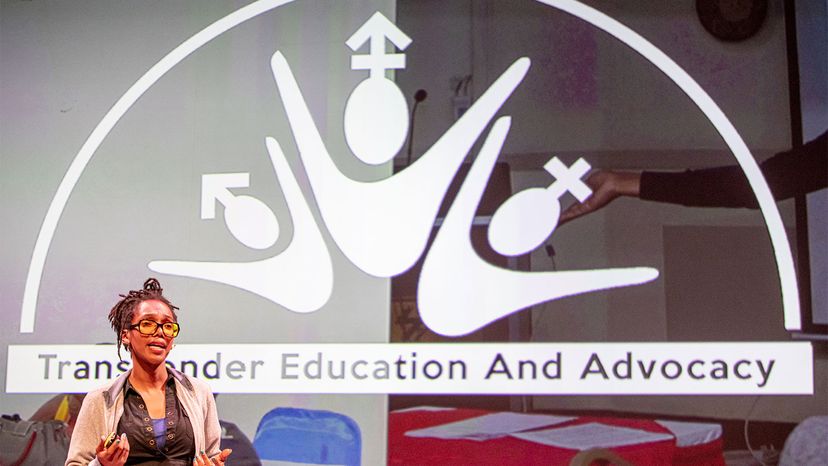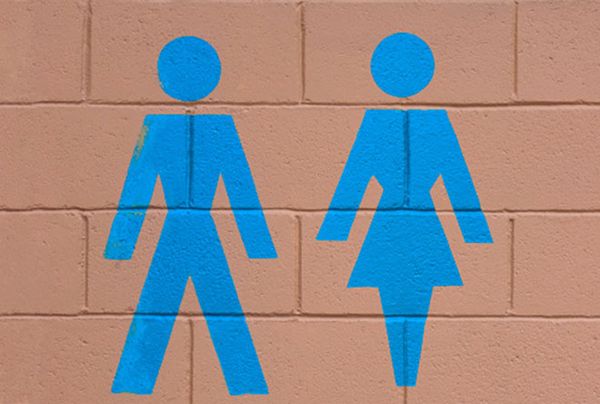
The idea that gender is distinct from one's biological sex, and manifests in more ways than just either male or female, has gained greater acceptance over the last 10 years. For example, people in 11 U.S. states and Washington, D.C. can now choose a nonbinary* gender marker on their identification documents (usually indicated by an "X" rather than designating "male" or "female.") And in 2015, the U.S. Transgender Survey conducted the largest ever survey of transgender people – those whose gender identity does not match the sex they were assigned at birth — and found that a third of respondents were nonbinary — not identifying with either sex.
The survey also found that 60 percent of transgender people who were out to their immediate families said family members were supportive, but daily life was still grim. Transgender people continued to face serious barriers to basic health care and education, and regularly experienced physical violence and harassment. Some 40 percent of survey respondents had attempted suicide, nearly nine times the national average.
Advertisement
Addressing those issues will require legal, institutional and cultural changes. That's why Lee Airton, a professor of gender and sexuality studies in education at Queen's University in Ontario, Canada, wrote the book "Gender: Your Guide," to give people a starting place to make those cultural changes in their lives. We spoke with Airton, who is nonbinary and uses the pronoun "they," to help answer some common questions people have about being more gender-friendly in day-to-day interactions. We also spoke with Bethany Howe, a scholar at the University of Oregon who studies transgender issues; Howe is a transgender woman who uses the pronoun "she."

